Rank Species | Higher classification Toona | |
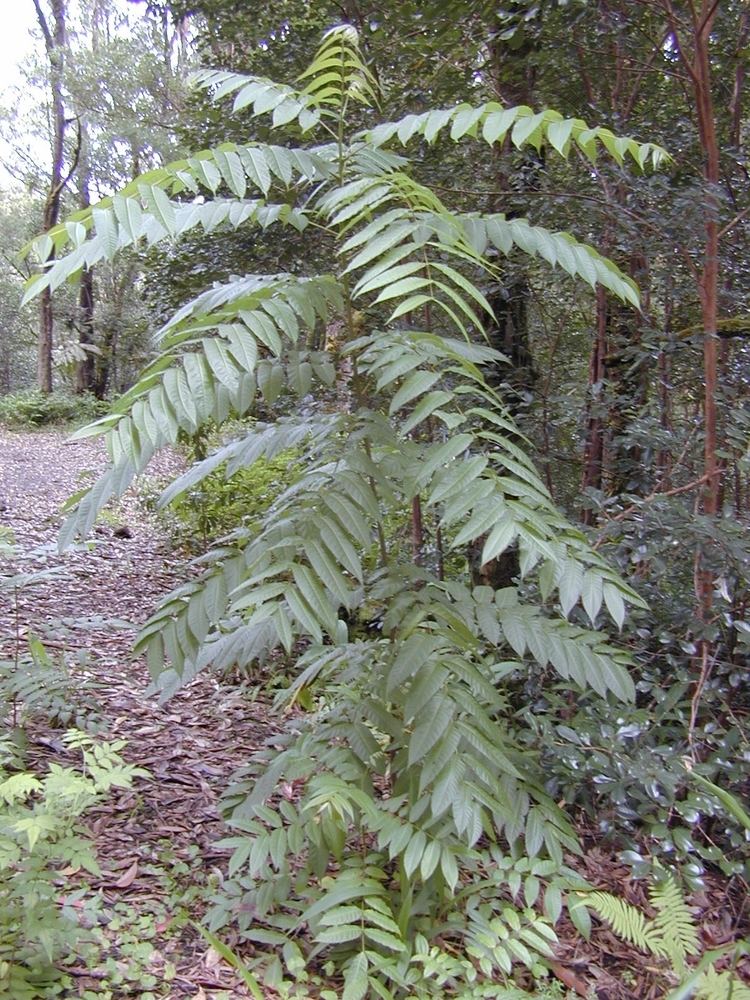 | ||
Similar Toona, Meliaceae, Cedrela, Calophyllum brasiliense, Swietenia | ||
New shoots mark tredinnick reads cedar toona ciliata
Toona ciliata is a forest tree in the mahogany family which grows throughout southern Asia from Afghanistan to Papua New Guinea and Australia. It is commonly known as the red cedar (a name shared by other trees), toon or toona (also applied to other members of the genus Toona), Australian redcedar, Burma cedar, Indian cedar, Moulmein cedar or the Queensland red cedar. It is also known as Indian mahogany.
Contents
- New shoots mark tredinnick reads cedar toona ciliata
- Australian red cedar toona ciliata
- Description
- Other areas
- Reproduction and dispersal
- References
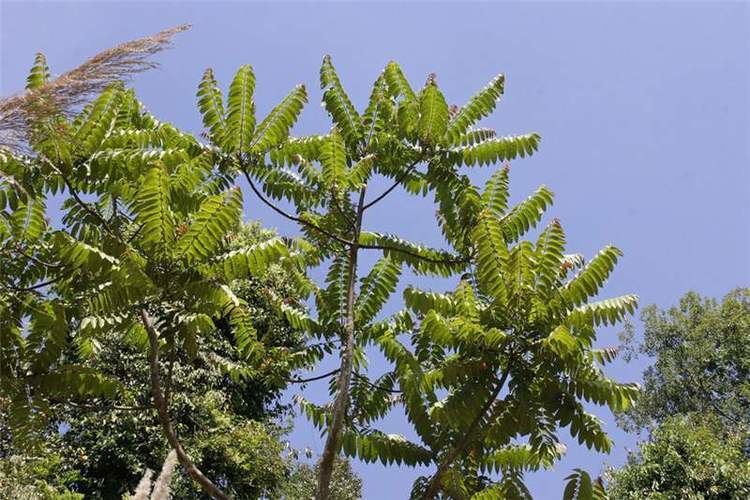
Australian red cedar toona ciliata
Description
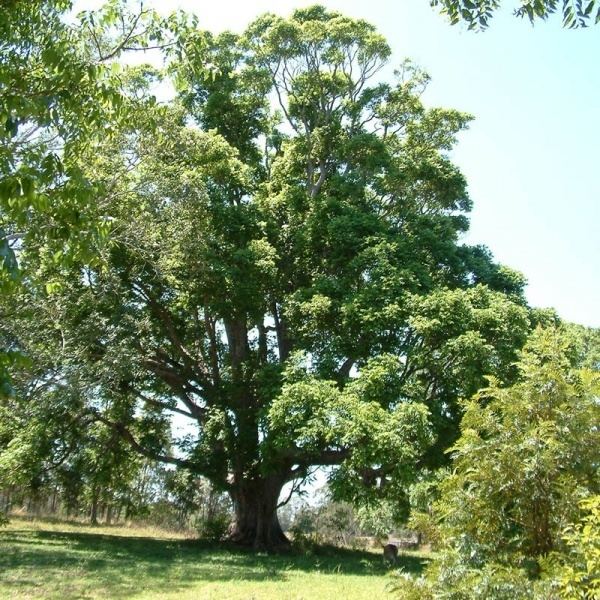
In Australia its natural habitat is now extensively cleared subtropical rainforests of New South Wales and Queensland. The Australian population was formerly treated as distinct species under the name Toona australis. The species can grow to around 60 m (200 ft) in height and its trunk can reach 3 m (10 ft) in girth. The largest recorded T. ciliata tree in Australia grew near Nulla Nulla Creek, west of Kempsey, New South Wales and was felled in 1883.
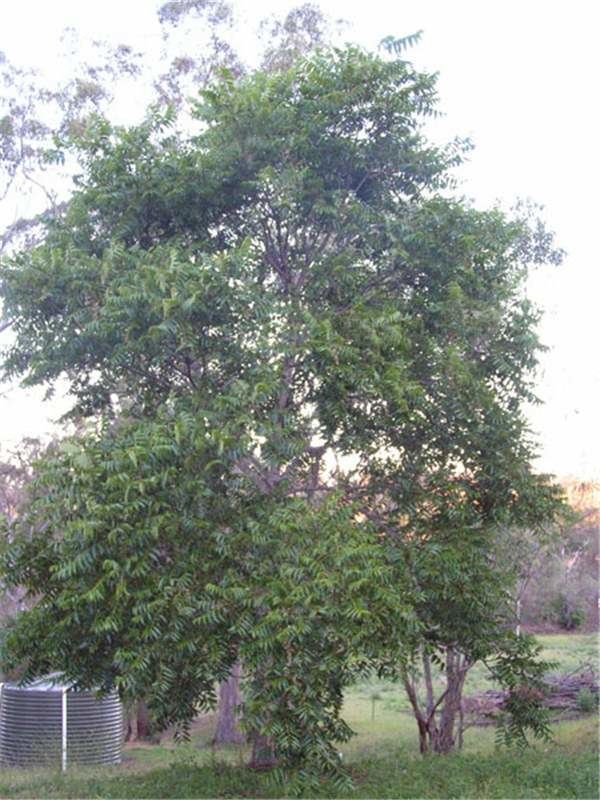
The southernmost limit of natural distribution is on basaltic soils, growing west of the Princes Highway near the village of Termeil, south of Ulladulla, southern Illawarra, NSW. It also naturally occurs at Norfolk Island.
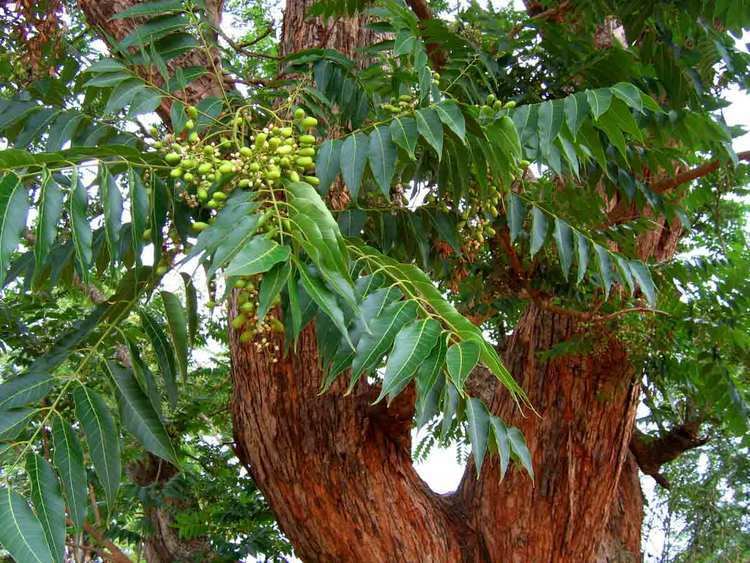
It is one of Australia's few native deciduous trees. The timber is red in colour, easy to work and very highly valued. It was used extensively for furniture, wood panelling and construction, including shipbuilding, and was referred to as "red gold" by Australian settlers. Heavily and unsustainably exploited in the 19th Century and early 20th Century, almost all the large trees have been cut out and the species is essentially commercially extinct. Availability of this timber is now limited.

Timber is currently also harvested in New Guinea. Although it is not generally a viable plantation species, trees are regularly harvested by Forestry in the Atherton region of Queensland. It grows best in an environment with high light levels, however in the relative darkness of the rainforest understory, it is less susceptible to attack by the cedar tip moth, which lays its eggs on the tree’s leading shoot, allowing the larvae to burrow into the stem, causing dieback and a multi-branched tree with little commercial value. The tree exudes a chemical that the female cedar tip moth seeks out. This moth does not attack commercial plantings of Asian/African/Australian native´s meliaceas in South America; due to this, successful planting of toona ciliata is being observed in many parts of Brazil, including genetics improvement and clonal production.
Other areas
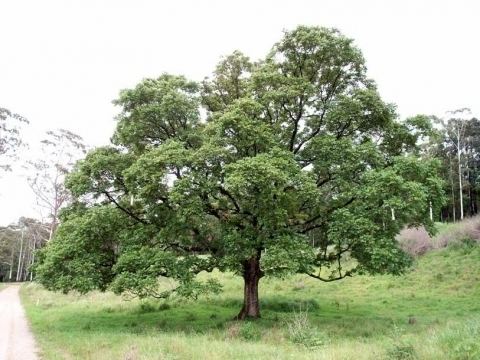
The red cedar is widely planted in subtropical and tropical parts of the world as a shade tree and for its fast-growing aspect. It is grown in the Hawaiian Islands and southern and eastern Africa. In parts of Zimbabwe and South Africa, it has naturalised; growing to maturity and spreading from seed.
Reproduction and dispersal
Toona ciliata reproduces by seed. It is a prolific seed producer and establishes readily.
